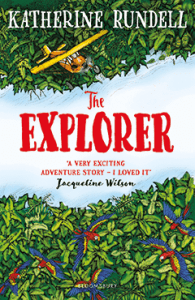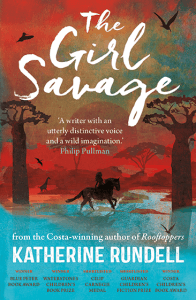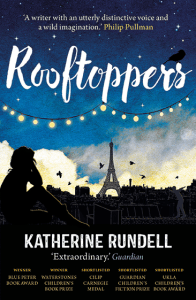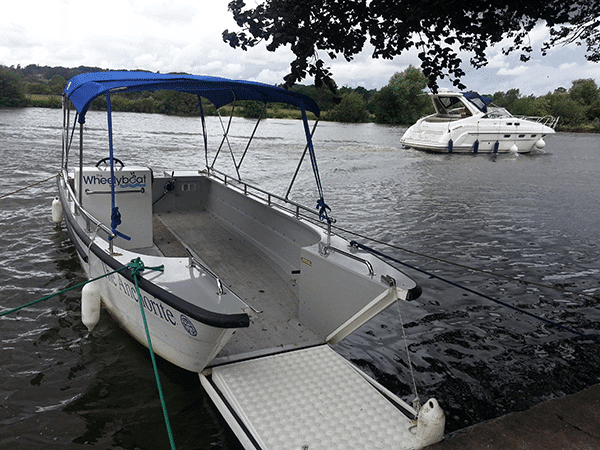September summons our youngsters back to school, college and university. This may mean the start of somewhere new which is stressful for both students and parents alike.
Increased screen time, pressure to succeed and the inability to switch off can tip the nervous system into permanent “sympathetic nervous system” mode. This is the “fight or flight” mode the body originally evolved as a mechanism to protect us from imminent danger. The anxiety response in the brain causes a cascade of hormones with wide-ranging effects such as shortness of breath, a racing heart, paling or flushing of the face, sweaty hands… The list goes on and, if left unchecked, may lead to more regular and extreme symptoms.
Youngsters who suffer from anxiety may feel abnormal and isolated. Depression is a deeply personal issue and masks itself in many varied symptoms. Research by the World Health Organisation (WHO) has shown that perhaps the most effective treatment is personal empowerment of the sufferer’s own treatment. This means that they can learn to recognise and manage their symptoms, assisted by their parents.
Finding the tools that work for the individual is key to success. A regular exercise routine is both physically and mentally beneficial for health, especially within a group or team which will help reduce isolation. Regular sleep and a bedtime routine is very important, so turn off all blue light-emitting devices, avoid late food or drink (give at least two hours to digest) and avoid caffeine and sugary drinks after 1pm. Encourage children to express themselves by drawing or writing; it’s such a beautiful tool as an outlet to release thoughts.
Correct breathing is also vital – learn how to retrain the breath. The hormonal cascade during an anxiety response causes us to shallow breathe and suck in more air than we breath out, making the panic worse. A great technique is “The Big Breath”. Tony Ulatowski has used this with more than 400 students in west London, from pre-schoolers to secondary students, for the last year and has received overwhelmingly positive feedback from parents, teachers and pupils. Tony says: “One of the preschool teachers shared her story of a four-year-old girl with anger issues who has now learnt to take herself away, regulate her emotions, and just two or three of the big breaths help her feel better about taking control of her emotions.”
A healthy balanced diet including “live” foods, vegetables and fruits can be hugely helpful. Amazingly 90% of serotonin is produced in the gut. A study from Victoria, New Zealand in 2017 found patients with moderate to severe depression had a statistically significant improvement in symptoms on a modified Mediterranean diet. Dr Chatterjee, star of the BBC’s Doctor in the House, shows diet can make a difference. However, when was the last time your doctor asked you about food when you were worried about feeling depressed?
There are also some natural supplements which are safe, effective, non-addictive and adaptogenic, and that provide an evidence-based approach for mood imbalance and anxiety in children and teenagers. One of the most widely tested is the ancient spice saffron. Saffron targets the gut as well as the brain.
Dr Paul Clayton, Fellow at The Institute of Food, Brain and Behaviour, believes saffron should be considered in place of current therapies, which he believes are outdated and on off-target. He says: “By targeting core aspects of mood and anxiety, saffron works far more rapidly than the pharmaceuticals, which are shooting at the wrong target. In short, saffron restores normal nerve function in key areas of the brain. If you have chronic inflammation, the “brakes” are put on a few key processes. Saffron takes the brakes off. Moreover, it acts very fast (hours, not weeks or months), has no withdrawal symptoms, no side effects, and is safe to use with children.”














